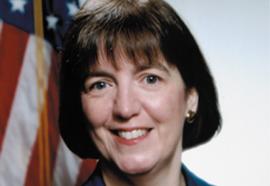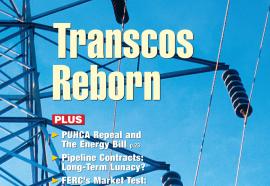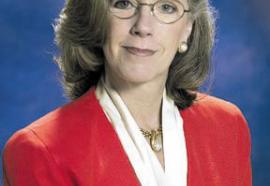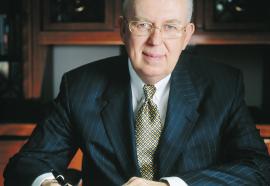Bridging the Regulatory Divide
Regional committees may improve collaboration between federal and state regulators.
Layered on top of ever-evolving industry restructuring and corresponding FERC rulemakings, we have the provisions of the Energy Policy Act of 2005. When viewed in totality, the new energy legislation provides the federal government with substantial new authority over generation and transmission that can, and might well be, used to alter the outcome of what a state would have decided under its previously exclusive jurisdictional domain. Whether we can avoid unhappy and rancorous confrontations with the use of joint boards, regional compacts, or regional state committees is yet to be seen, but it is my sincere hope that we can do so.








